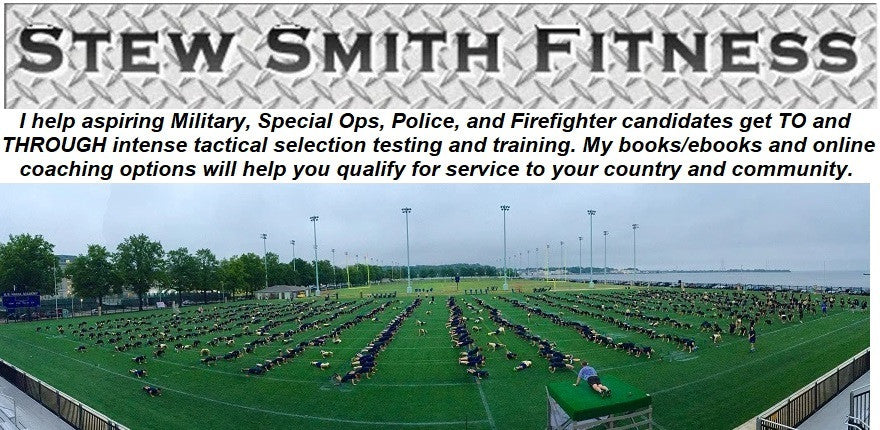The United States Air Force Combat Rescue Officer (CRO) is an officer career field added because of the importance of joint rescue and recovery operations military wide. “By creating this new career field, we recognize how vital the personnel recovery and combat rescue missions have become in our expeditionary aerospace force concept. The ability to bring people home safely from dangerous missions is paramount. Establishing a career field devoted to this mission will ensure that attention is always focused on this commitment,” Air Force Secretary Whit Peters, 10 Dec 2000.
The Air Force recognizes personnel recovery (PR) as one of its primary roles, but through the growing Joint Special Operations Command, trained combat medics such as the Air Force Pararescue are needed within other Special Operations Command (SOCOM) Tier One and Tier Two units. This new officer career specialty is essential to effectively lead and advocate the CRO/PJ/SERE weapons system to personnel recovery mission success throughout several branches of the SOCOM so “that others may live…to return with honor.”
Duties of the Combat Rescue Officer:
Deploys as team member, team leader, or mission commander as a direct combatant or provide subject matter expertise to command and battle staffs.
The Combat Rescue Officer works as a mission planner and manager of personnel recovery operations.
Supports joint and combined forces in both conventional and special operations air, ground, and maritime operations.
Combat Rescue Officers ensure personnel recovery activities are organized, and teams are trained and equipped to perform full spectrum of Air Force and Joint PR. The CRO inspects and evaluates PR activities, functions, and personnel.
Combat Rescue Officers will provide advocacy and oversight as well as provide advice on readiness of the Pararescue and survival, evasion, resistance and escape (SERE) enlisted career fields.
The CRO PAST: (the AFSOC PAST)
Pullups – maximum repetitions in 2 minutes / rest 2 minutes
Situps – maximum repetitions in 2 minutes / rest 2 minutes
Pushups – maximum repetitions in 2 minutes / transition / rest time of 10 minutes before run
Run: 3 mile timed run (no stopping) wearing PT clothes and running shoes. 30 minute transition time to start the swim.
Swim: 25m underwater / 10 minute rest time before 1500m swim
Swim: 1500m using any stroke wearing swimsuit, facemask / goggles, and fins.
See AF PJ / CCT PAST Prep Guide for more info.
Combat Rescue Officer Training Pipeline:
CRO Candidates will be tested on their abilities to assess personnel rescue and recovery situations quickly, develop and implement decisions under stress while subject to high levels of personal discomfort. The initial skills training required to become a fully qualified Combat Rescue Officer in the United States Air Force is comprised of these formal courses:
USAF CRO Prep Course
CRO Indoctrination Course
Military Combat Diver qualification course
U.S. Army Airborne School
Military freefall parachutist qualification course
USAF SERE School
Joint Combat Search and Rescue Coordination Course
USAF Parachute Water Survival
Emergency Medical Technician, Basic
USAF CRO / Pararescue Apprentice course
Personnel Recovery 101
USAF CRO Advanced SERE
Those Eligible for Combat Rescue Officer
Security clearance: Able to obtain a top secret clearance.
Volunteer: Must be a volunteer for hazardous military duties to consist of parachuting (static line and freefall), marine diving (surface and underwater operations), and mission aircrew.
Medical: USAF Class III Flight Physical qualification for aircrew, parachute, and marine diving duty according to AFI 48-123, medical examination and standards.
Enlisted applicants: Per OTS selection standards, enlisted personnel must provide documentation of college GPA above 3.0 and/or an AFOQT total equal to or greater than 150.
Gender: Must be male officer or male enlisted candidate who meets officer training school entry requirements. Gender is based on current Department of Defense direct combatant policies.
Enlisted applicants: Once identified as a candidate for officer training school (OTS), enlisted candidates for Combat Rescue Officer duty must be selected for Combat Rescue Officer duty through the approved selection process. Selection to OTS, prior to competing for CRO selection, will significantly enhance possibility of phase II invitation and reduce delays in officer assignment actions.
Submit an OTS application package in accordance with AFI 36-2013, officer training school (OTS) and airman commissioning programs. Selection at Phase II does not guarantee an OTS selection. These processes are independent of each other.
Graduate from OTS and meet all requirements for commissioning. Upon graduation from OTS, AFPC will classify member for training as a Combat Rescue Officer Trainee
The Selection Process:
The selection program is a two-phase process, consisting of Phase I: board review of the application, and Phase II: one-week field evaluation. The selection process screens an applicant for mental fortitude and physical capabilities, while preparing officers for future duties as a CRO. This program reduces the training attrition rate by ensuring that officers selected are equipped to succeed in the specific mental and physical challenges of the CRO training pipeline. Candidates selected from Phase II have achieved a 92% overall success rate in becoming Combat Rescue Officers.
